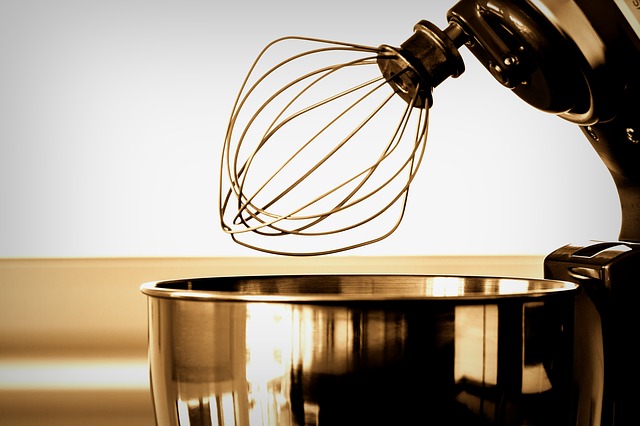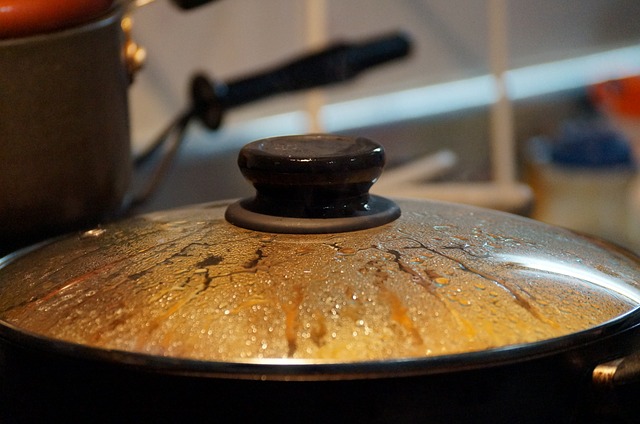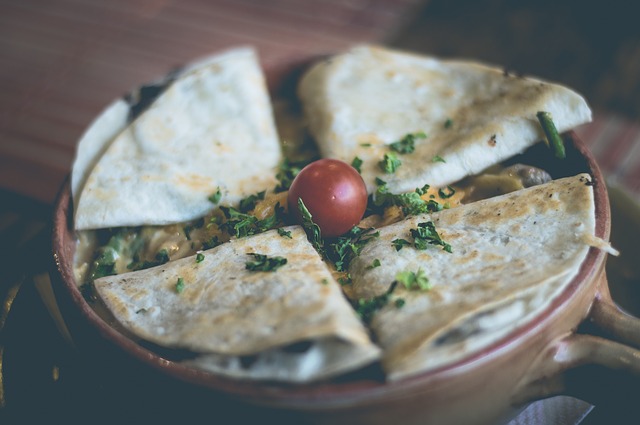Who doesn’t love a good steak? Whether grilled or pan-seared, a memorable steak is surprisingly easy to cook for yourself at home. However, if you’re looking to mix it up in terms of flavor, you might want to try something new: smoking a steak.
Doing this takes only slightly more effort than grilling, but if you like authentic smoke flavor and have a smoker at your disposal, this will probably become your go-to method. In this guide, we’ll take you through a step-by-step method to smoking a great steak.
Can You Smoke a Steak?
The short answer here is yes – and it’s a lot easier than you might think. But a good smoked steak starts with the right choice of meat.
Choosing the Meat
You can smoke pretty much any kind of steak, but some options take better smoking than others. You’ll need to take a couple of things into account – the grade of the steak and the cut itself.
USDA Beef comes in eight different grades:
- USDA Prime – This is the highest quality grade of steak available, and less than 3% of cattle slaughtered meet this requirement. Prime steak has a good deal of “marbling” (intramuscular fat), which makes it especially juicy. Depending on where you shop, you might be able to find USDA Prime beef, but it’s often found at high-end steakhouses and restaurants.
- USDA Choice – This one is a step down from Prime, but it still has a decent amount of marbling. The choice is a little leaner, but it can still make a juicy steak.
- USDA Select – This is a more economical option, and you may prefer it if you like your meats a little leaner. There’s not much marbling compared to Prime or Choice.
- USDA Standard – This is a step down from Select, and it has a little less marbling.
You can also find beef graded as Commercial, Utility, Cutter, and Canner, although these options are more commonly sold to fast-food restaurants and canning establishments.
Choosing the right grade of steak is a good start, but you’ll also need to choose what cut you want to smoke. If you have the time to keep the smoker running for a while or if you’re cooking for several people, you might want to smoke a brisket, chuck roast, or beef ribs.
On the other hand, if you just have an hour or so to smoke, New York Strip, Tenderloin, and Ribeye steaks are all excellent options.
Smoking a Steak: Step-by-Step Guide
Whether you have a stand-alone smoker or a grill with a smoker attachment, you can prepare a smoked steak right in your backyard.
Here’s what you need to do:
- Preheat your smoker to 225 degrees Fahrenheit, using your choice of wood. (Check out our “pro tips” section for guidance on what wood to use if you’re unsure.) If your smoker has a water pan, be sure to fill that, too.
- Pat steak dry with a paper towel and season on all sides with kosher salt and cracked black pepper. If you wish, you can marinate your steak, too. But smoking creates a pretty powerful flavor on its own, so you might not need to.
- Place your steaks on the smoker. In general, you’ll need to smoke an hour for every 1.5 pounds of meat. However, to make sure your steak is at your desired level of doneness, you’ll need to check it with a meat thermometer, too.
Here are some guidelines for doneness levels:
- Rare – 120 degrees-130 degrees
- Medium rare – 130-135 degrees
- Medium – 135-140 degrees
- Well – 145-155 degrees
- Well done – 155-165 degrees
Plenty of people don’t just smoke their steaks – they use the reverse sear method.
This method combines delicious smoke flavor with the taste you can only get from a seared steak.
Reverse Sear Method
Reverse-searing a steak just means that you roast or smoke steaks to raise the temperature before searing — the conventional method is to sear and then roast.
If you want to reverse-sear your steaks, you’ll need to keep them on the smoker until they reach your desired doneness level of minus 10 degrees. If you get your steaks to the right level of doneness on the smoker, you risk overheating them during the searing phase.
Smoking a steak is an art in itself, but so is searing. If you want the best flavor possible, use a cast-iron skillet with cooking oil designed to handle high-heat cooking. Coconut oil and avocado oil are great choices.
Once your oil is heated, you just need to sear the steaks in the pan for about two minutes per side (more if the steak is thicker than 1.5″).
Make sure you check the middle of each steak for the desired doneness before removing the steaks from the heat.
Once you’ve removed your steaks from the heat, don’t forget to let them rest for about 10 minutes. This gives juices time to redistribute.
If you cut into your steak right after cooking, the juices may just run out, leaving the steak itself dry.
Pro Tips
Now that we’ve been through some of the basics of smoking a steak, let’s look at some tips that can help you take your smoking game to the next level. For the best flavor, you’ll want to optimize every step of the smoking process.
Seasoning
In most smoking recipes you’ll find an online note that you don’t need a lot of extra flavors if you’re smoking a steak.
This is true – even a simple rub of cracked black pepper and kosher salt, when combined with the smoke flavor, will give you plenty of delicious steaks. Salt tenderizes the meat, and when you choose to reverse-sear it, it helps create that crisp outer surface that all good steaks have.
Whether you season your steak right before smoking or let it sit is up to you, and you may want to try out both ways before choosing which you like best.
Dry-brining is an easy way to add some more flavor. To dry-brine, you simply rub salt liberally over the meat and leave it uncovered in the refrigerator overnight.
You also can marinate your steak before smoking or use a dry rub. While it isn’t essential, marinating or dry-rubbing is a great choice if you like a little extra flavor on your steak.
Humidity
Some smokers come equipped with a water pan. If yours has one, it’s a good idea to use it when smoking steak for a few reasons. For one, water vapor (or steam) creates an evaporative cooling effect, which keeps the smoker from overheating.
The steam also keeps the temperature even in the smoker. Most importantly, the steam from the water will keep the humidity up, which makes it harder for the steaks to dry out.
Smoking Woods
If you’re doing your best to create the ideal smoked steak, the type of wood you use in the smoker is of paramount importance. As a general rule, hardwoods are the best for smoking, and you’ll want to avoid softer woods like pine or cedar. Softer woods tend to produce excessive smoke, and some people even believe they may lead to illness.
Different hardwoods have different flavor profiles, and you might find that one or the other suits you best:
- Whiskey barrels – Some prominent whiskey manufacturers, including Jack Daniels, sell smoking wood made from their whiskey barrels. Most whiskey barrels are made of oak, which is a great wood for smoking in its own right. Whiskey-barrel smoker chips also impart a subtle whiskey flavor to your meat, which many people like.
- Acacia – You don’t hear about this one too often, but it has a flavor that’s essentially a milder version of mesquite.
- Maple – Maple has a flavor that is both smoky and sweet, although it’s more subtle than some woods on the list.
- Mesquite – This popular, earthy smoking wood is a popular one for people who smoke steak.
- Hickory – Hickory is commonly used to smoke bacon, but its strong smoky flavor also goes well with steak.
- Oak – Oak has a very mild smoky flavor, but it’s commonly used for smoking a brisket.
- Sassafras – This wood imparts a flavor that’s a mix of smoky and sweet.
Smoking a steak well is a skill that involves a bit of a learning curve, but it’s well worth the effort. Of course, if you want optimal flavor, you’ll need to make sure each step in the process is carefully planned.
By choosing a quality cut of meat, seasoning it carefully, selecting the right wood for the smoker, and even choosing the right oil if you choose to reverse-sear it. Take your time, be open to a little experimentation, and enjoy your smoked steak!


